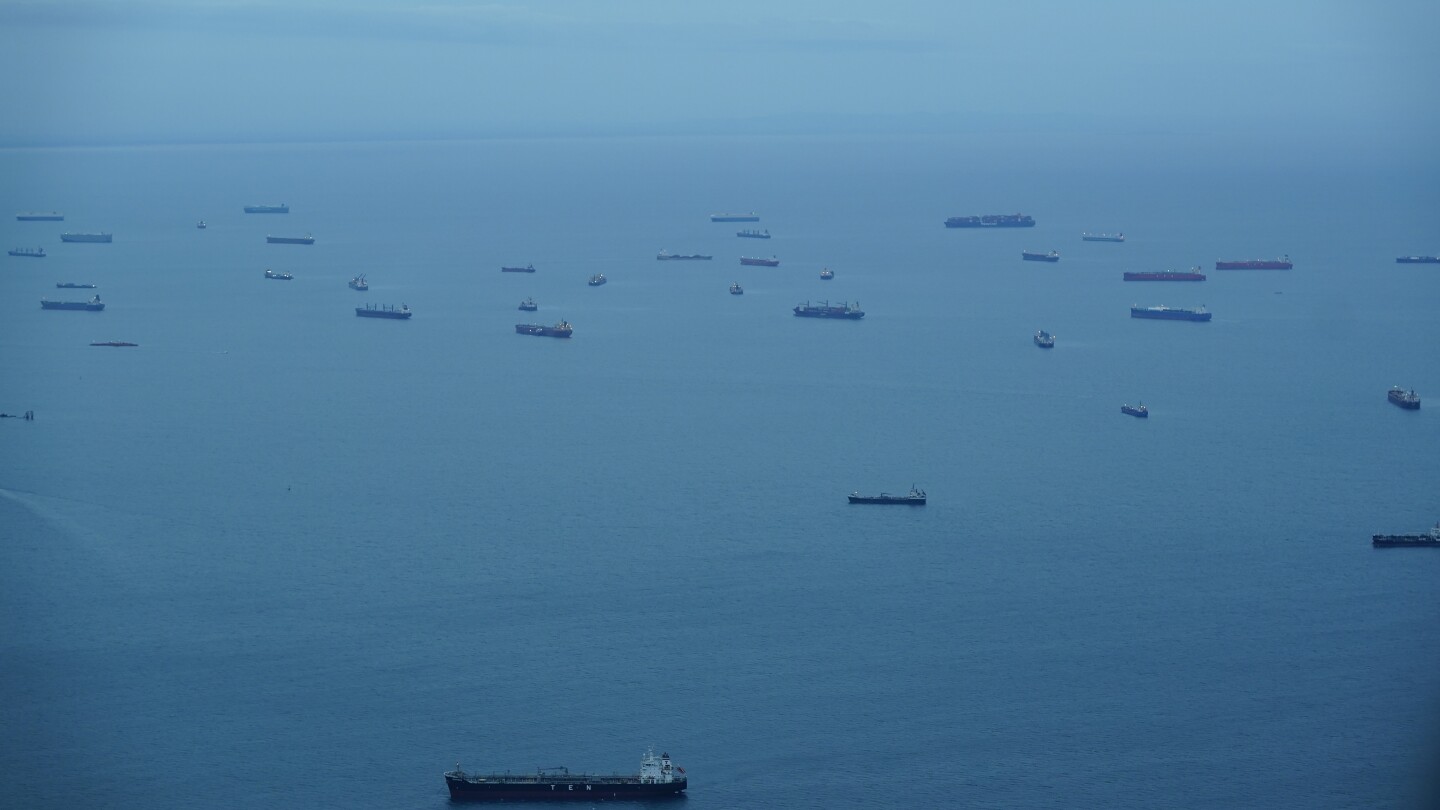The Panama Canal announced Saturday it will reduce the maximum number of ships travelling the waterway to 31 per day, from 32 in August, due to a drought that has reduced the supply of fresh water needed to operate the locks.
That compares to daily averages of 36 to 38 ships per day under normal operation.
Nine ships per day will be allowed to use the new, bigger NeoPanamax locks and 22 per day will be handled through the older Panamax locks.



So interesting thing
Digging out the height difference and making it a straight shot canal would have VERY BAD ecological consequences.
Sea level on the Pacific side is higher than on the Atlantic side, meaning that opening a straight shot canal would cause the Pacific to begin draining into the Atlantic through the canal
This could have DRASTIC implications for the Caribbean and North Atlantic because, how much Pacific needs to get into the Atlantic before the water tables are balanced‽
plus it allow sea snakes in to the Caribbean
That’s fucking wild what lol
I thought sea levels were the same at the same latitude all around the globe. I feel like I’ve been lying to myself all these years now.
Also tides are not the same on both sides, even if they were the same average level, the tides definitely wouldn’t be synchronized. This would result in very strong currents in the canal, making it impossible to safely navigate. The most common fix for that type of situation is to put… locks in the canal.
It’s pretty unintuitive because we’re not used to dealing with ocean sized bodies of water in day to day life. Part of the explanation is just that the prevailing winds pile all the water in the Pacific up against the coast, causing higher sea levels on the West Coast. The lower salinity of the Pacific also causes lower water density, which translates to higher sea levels.